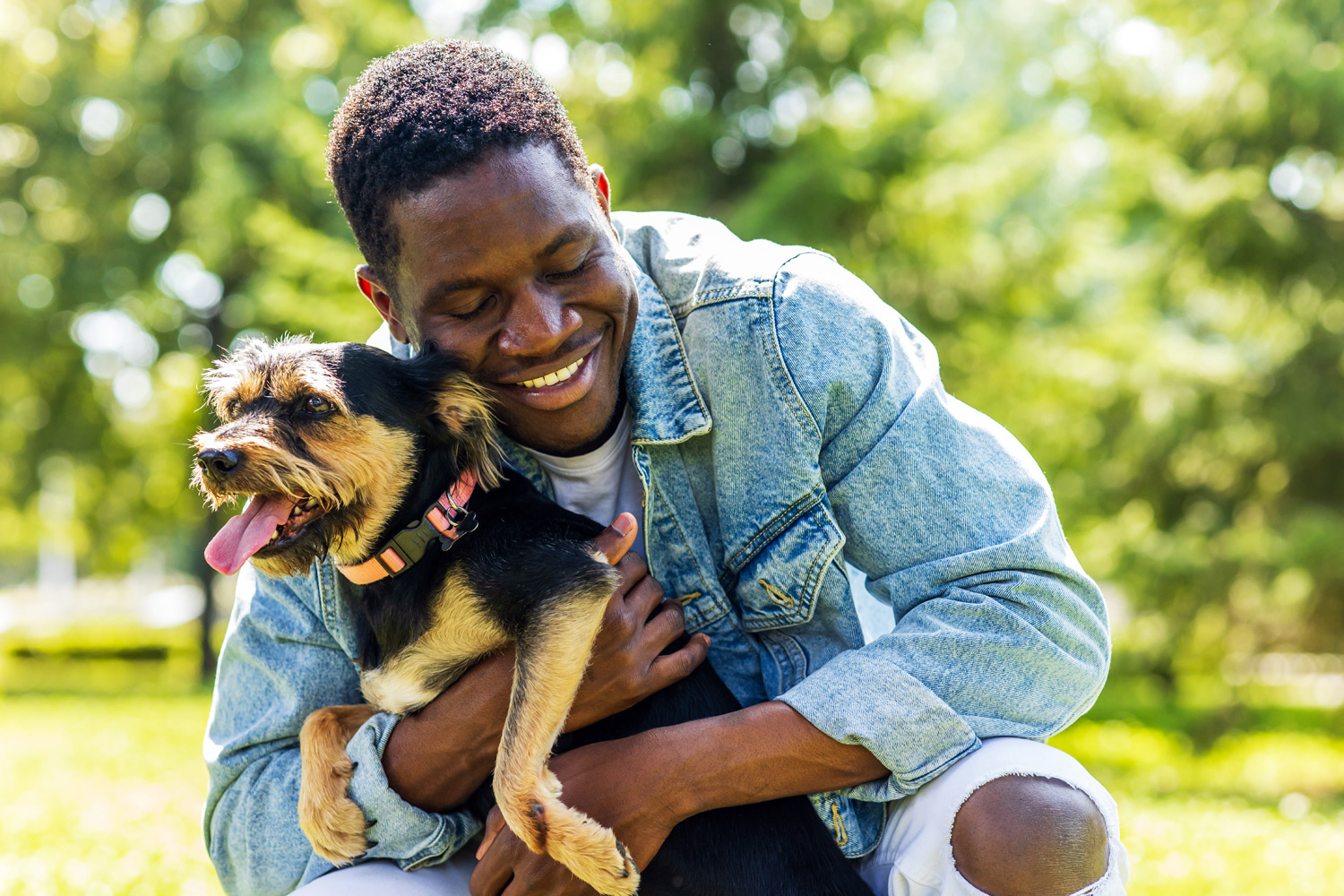When it comes to canine-human interaction, the question of whether it is appropriate to hug our furry companions is a topic that sparks debate. In this article, we look at dog behavior to find out if and when it’s okay to embrace your canine friend.
Understanding Canine Body Language
Dogs communicate primarily through body language, and deciphering their cues is crucial for a harmonious bond. When contemplating a hug, it’s imperative to recognize signs of comfort or discomfort. Subtle indicators such as tail position, ear movement, and eye contact can unveil your dog‘s emotional state.
Factors Influencing Canine Comfort
1. Individual Personality
Just like humans, dogs possess unique personalities. Some dogs revel in physical affection, embracing hugs as a display of love. Conversely, more reserved canines may find hugs intrusive. Knowing your dog‘s personality is pivotal in gauging their receptivity.
2. Previous Experiences
A dog‘s past experiences shape their present behavior. Dogs with positive encounters during their formative years may be more tolerant of hugs, while those with adverse experiences may exhibit hesitancy or anxiety.
3. Breed Variations
Breed-specific traits play a role in a dog‘s comfort with hugs. While some breeds are naturally affectionate, others may prefer alternative forms of interaction. Understanding your dog‘s breed tendencies aids in gauging their response to hugs.
Signs of Canine Discomfort During Hugs
1. Stiff Body Language
A tense or rigid posture indicates unease. Dogs should exhibit a relaxed demeanor during physical contact. Stiffness may signify a desire to break free from the embrace.
2. Avoidance Behaviors
If a dog actively avoids eye contact, turns away, or attempts to escape the hug, these actions communicate discomfort. Respecting their signals is crucial for maintaining trust.
3. Audible Signs of Stress
Auditory cues, such as whining, growling, or excessive panting, serve as vocal manifestations of distress. Recognizing these signals is pivotal for ensuring your dog‘s well-being.
Special Cautions
Avoid hugging your dog when there is a lot of other stuff going on.
Never encourage little kids to hug dogs, teach them to ask permission, and generally it is ALWAYS a better idea to let the doggo initiate contact.
Never approach a dog from behind.
Establishing Canine Trust and Consent
Building a foundation of trust is key in a positive relationship with your dog. Paying attention to their cues, respecting boundaries, and allowing them to initiate physical contact can enhance the bond and minimize potential stressors.
In the intricate tapestry of canine psychology, the appropriateness of hugging is still a huge open debate. The most important thing is attuning ourselves to our dogs’ unique signals where affectionate gestures align with their preferences.
Know your fur buddy, know their signals, and ensure that each hug is a genuine expression of love, fostering a connection that transcends words.
The PawPaw Team

